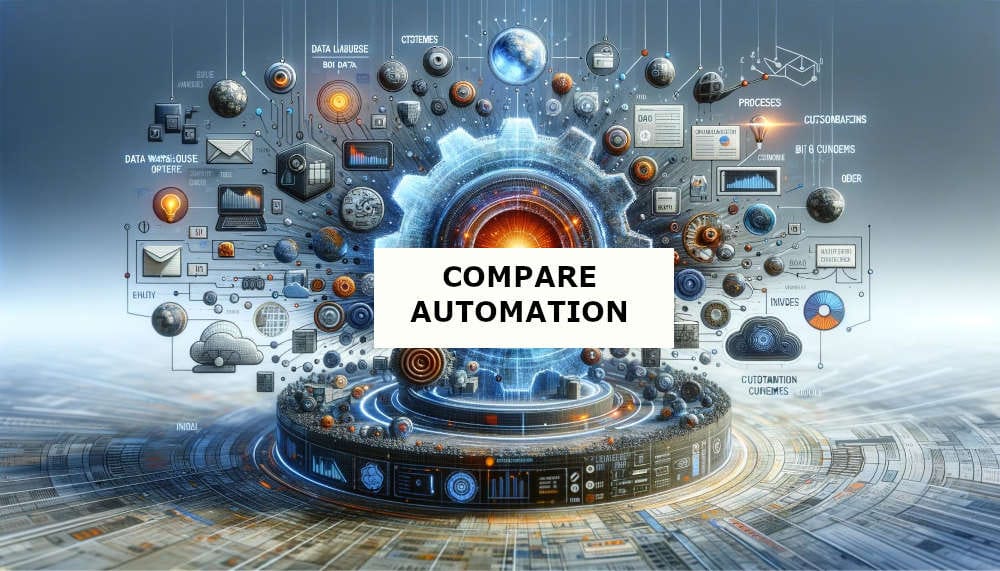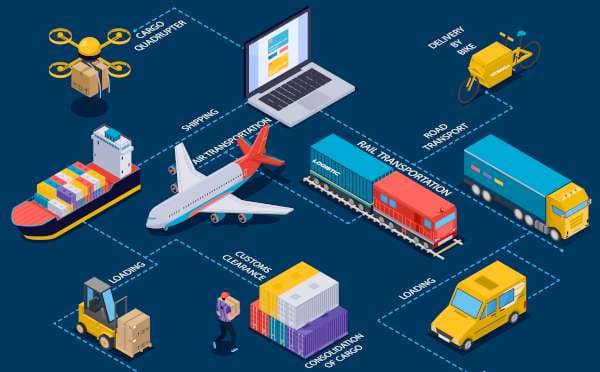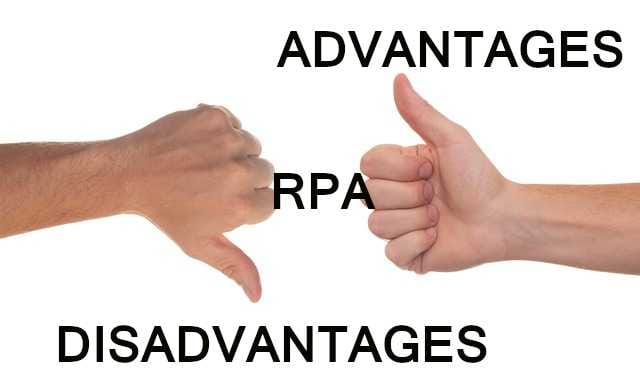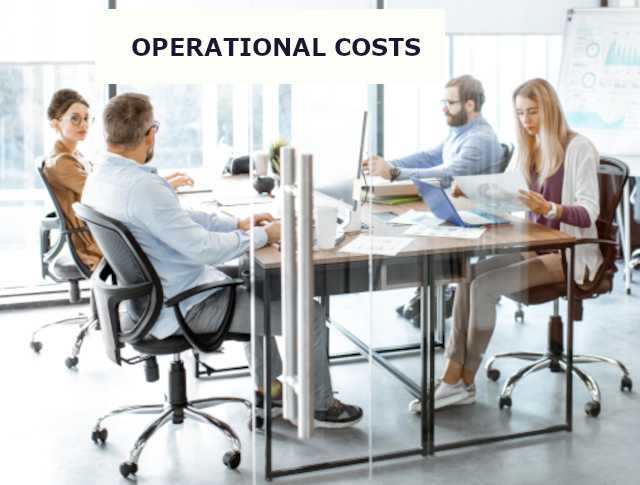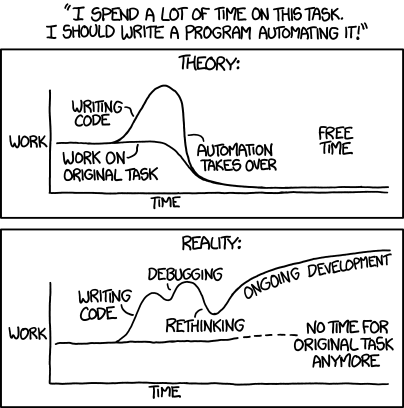
From 0 to 100: Scaling Your Business with RPA in Months
We are in era where rapid business growth can be facilitated by Robotic Process Automation (RPA).
The transformative power of Automation delivered by RPA, enables a business to grow from 0 to 100 or more, simply by adding Software Robots. If the business opportunity is available, the business systems are no longer a constraint.
There is no need to recruit lots of extra staff to meet the enhanced levels of business, RPA can take the strain.
Understanding the Power of RPA
Robotic Process Automation (RPA) is technology that automates repetitive tasks, simulating / mimicking human actions that occur on computer applications. Namely, reading from the screen, typing on the keyboard plus moving and clicking the mouse.
By leveraging RPA Software Robots, businesses can automate mundane and time-consuming processes, freeing up valuable resources to focus on strategic initiatives.
From data entry and invoice processing to customer service and HR operations, the applications of RPA are for any and almost every business process performed on computers.
The Benefits of Implementing RPA
There are four main areas for the benefits:
- Increased Efficiency: By automating routine tasks, RPA significantly improves operational processing times.
- Cost Savings: RPA enables organizations to achieve cost savings as it is cheaper to operate than people performing the same activity.
- Enhanced Accuracy: With RPA, businesses can ensure greater accuracy and consistency in their operations, removing the risk of human errors.
- Scalability: RPA solutions are highly scalable, deploying additional Software Robots requires little configuration and they can operate the same automation processes as existing Robots.
A description of Additional Benefits of RPA are list on the website.
Automate Each Process
Begin the transformation with Automation by identifying processes that are repetitive, rule-based, and time-consuming, as these are the ideal candidates for automation through RPA.
As each process is automated, it becomes available to be executed by Software Robots that are capable of running 24 x 7 and capable of being automated across multiple Software Robots.
With Software Robots deployed there is a lot of capacity for the execution of automated processes.
With the constraints of waiting for people to be available removed, the potential “Bottlenecks” that can occur in business operations with computer work are also removed. Of course, this may highlight constraints in physical work that need to be addressed by other forms of automation.
The Value of Focus
In building an automation, the variations in the business process need to be addressed.
Each path that the automation could follow needs to be defined and constructed.
The more variations and exceptions the more complex the automation, hence the cost of its development increases.
Automation is most effective when there is a volume of activity.
Creating Automations now so that as a business scales, the benefits from the automation increase as the volume of activities scales, can be a good investment.
Is AI the Answer?
AI is not the same as Automation.
Some AI vendors cause confusion in their marketing. AI is about the processing of data and words.
AI can be effectively combined with Automation but they are not the same.
For AI to be used, there needs to be a process and that is where Automation comes in, but a lot can be automated without needing any AI capability.
A prompt can be given to an AI system and a response obtained. AI has done its work with the words, but there is no automation in that activity.
It is possible to build an automation where the entry of the prompt into AI and the use of the result are art of a business process which is executed repeatedly.
They are different but can work well together.




